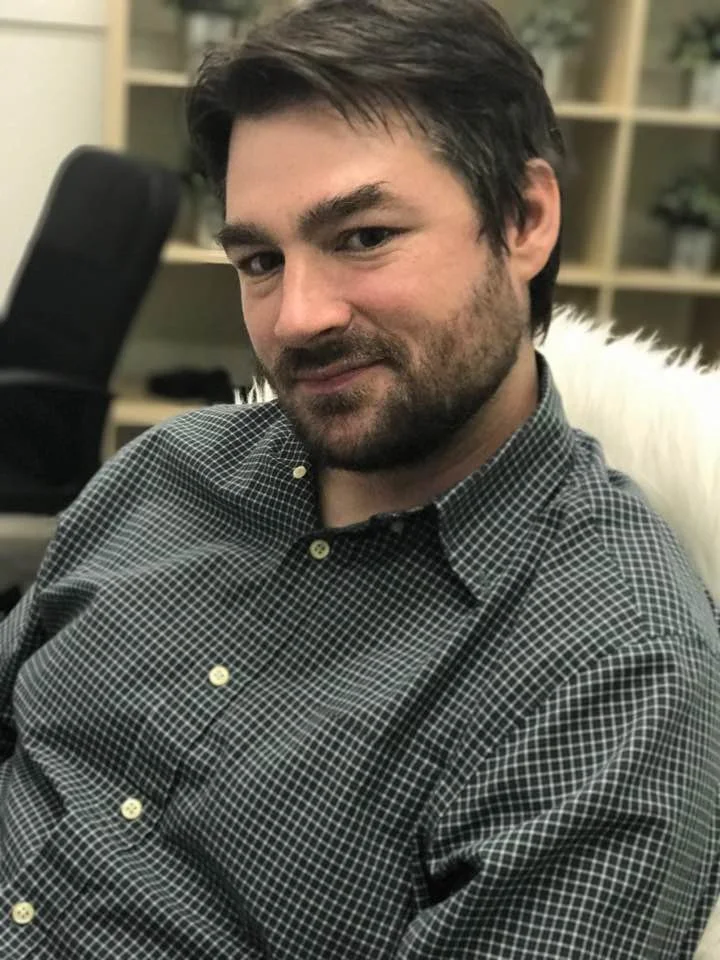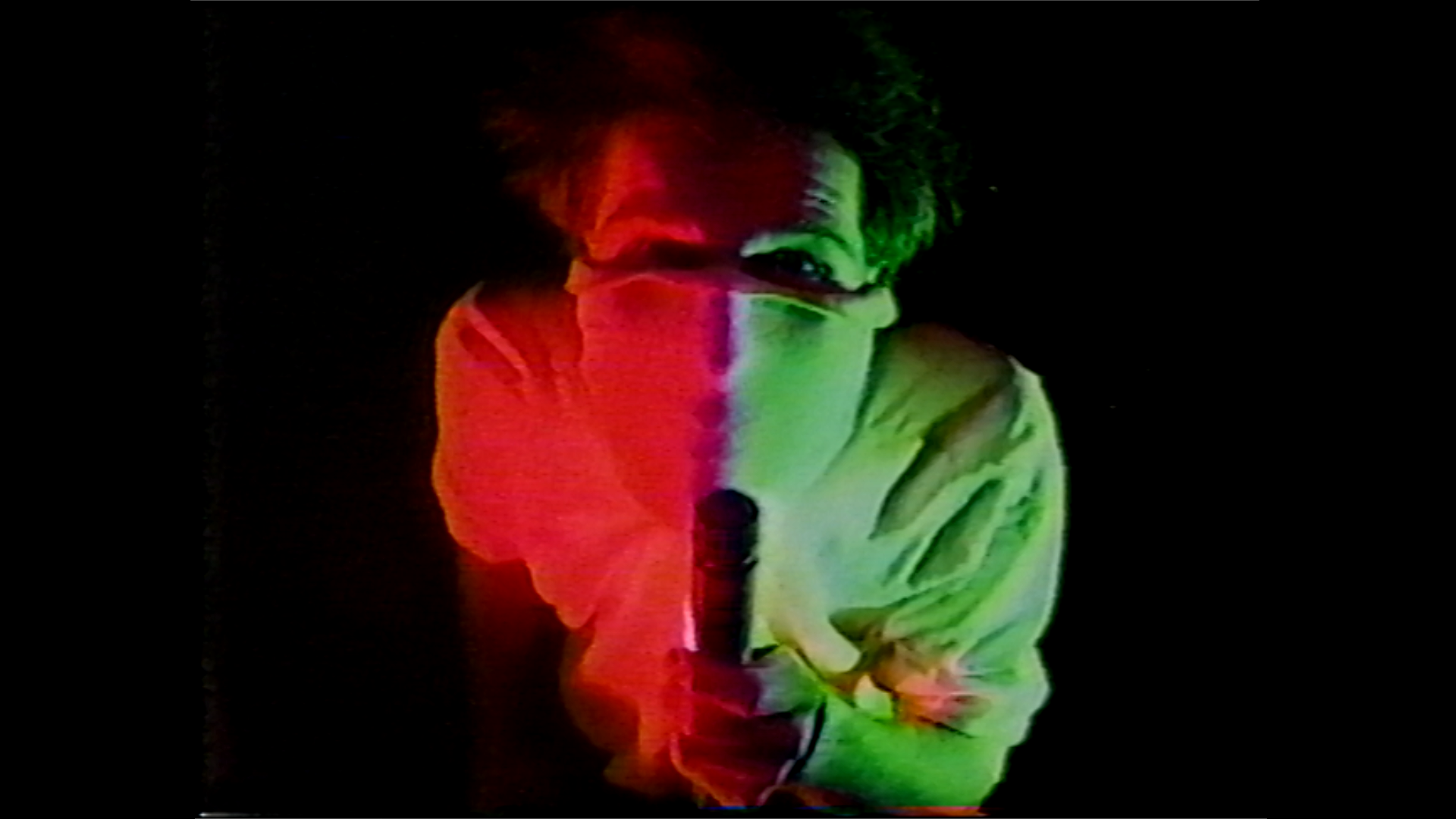When filmmaker John Spottswood Moore set out to chronicle Austin’s eccentric world of public access television, he had no idea the journey would span ten years, or that it would culminate in a sold-out world premiere at Fantastic Fest 2025, just days before his wedding. “It was cosmic coincidence,” Moore laughed during our conversation. “Fantastic Fest was the dream festival for this film, and somehow the dates just lined up.”
Moore’s documentary, When We Were Live, is an immersive time capsule built almost entirely from restored VHS footage. It tells the story of the pioneers of Austin’s public access channel in the 1980s and 1990s, a scrappy, pre-Internet platform that gave ordinary people the power to broadcast themselves long before YouTube or TikTok existed. Through five intertwined stories, the film explores a kaleidoscope of creativity: Carmen Banana, a drag queen and AIDS-era icon; Livia, a geophysics Ph.D. student turned midnight talk-show host; and Gilberto, a Chicano activist whose camera captured everything from gentrification to Klan rallies.
Moore, a North Carolina native and longtime Austin resident, discovered the project almost by accident. “I thought I was just making a short film,” he said. “But every person I interviewed handed me a new box of tapes and introduced me to someone else. Before long, it turned into a decade of digitizing, cataloging, and rediscovering Austin’s cultural DNA.”
That obsessive care shows. Moore’s background as a documentary editor and animator, who previously worked for Rooster Teeth and PBS, helped him craft a visually seamless collage that forgoes modern talking heads in favor of pure archival immersion. “At first, I had all these interviews,” he recalled, “but I realized I didn’t need to explain the magic. The footage was the story.” With his producer’s guidance, he embraced a rhythmic, channel-flipping style that lets humor and heartbreak coexist, one minute a roller-skating clip, the next, footage of protest and loss.
The result feels both deeply personal and profoundly communal. “It’s not just Austin’s story,” Moore said. “It’s the story of every city that had people brave enough to get on camera and make something weird, beautiful, or totally unfiltered.”
Watching When We Were Live, it’s impossible not to feel the affection Moore poured into every frame. The film captures not only a vanished media era but also the heartbeat of a city constantly reinventing itself. “If ever there was a film made by an entire city, it’s this one,” Moore told me, and it’s clear he means it.
As we wrapped our conversation, I couldn’t help but admire the patience, humor, and sheer love behind the project. When We Were Live isn’t just a documentary; it’s a resurrection of voices too often forgotten, an analog symphony that celebrates the messy, magical origins of going viral.
Jessie Hobson




